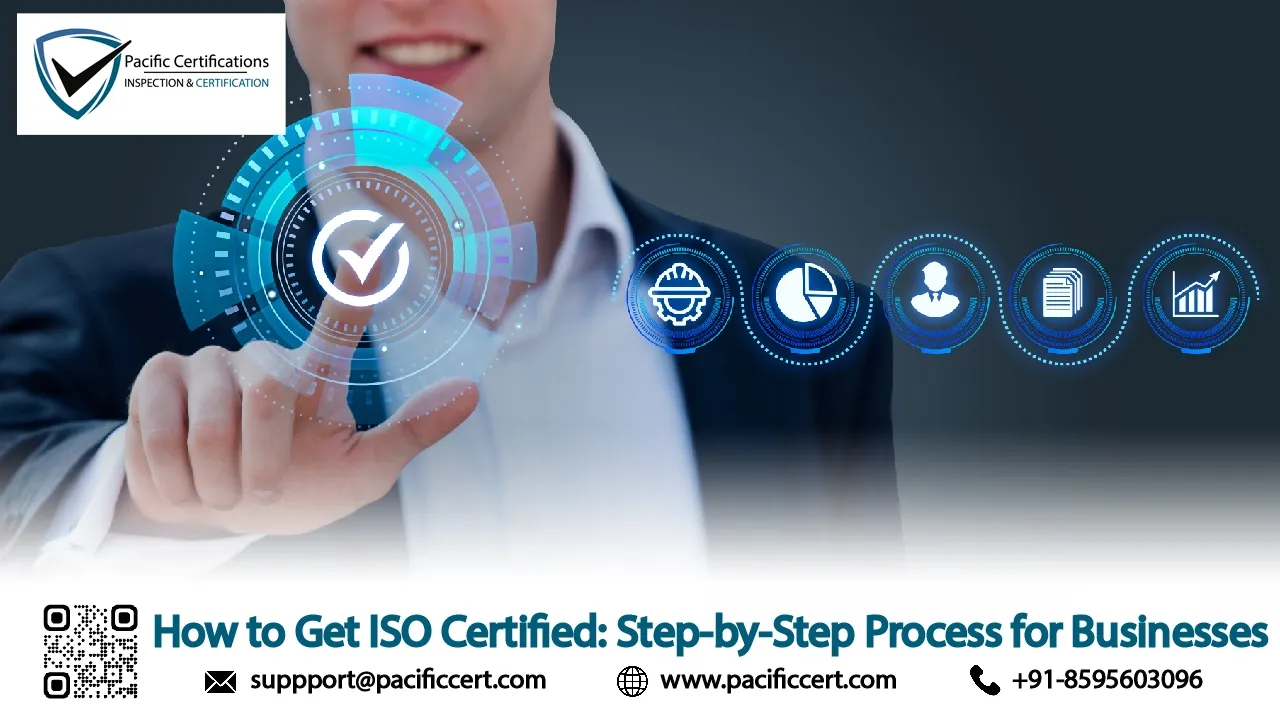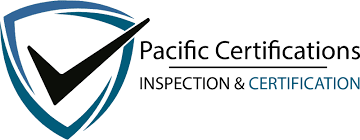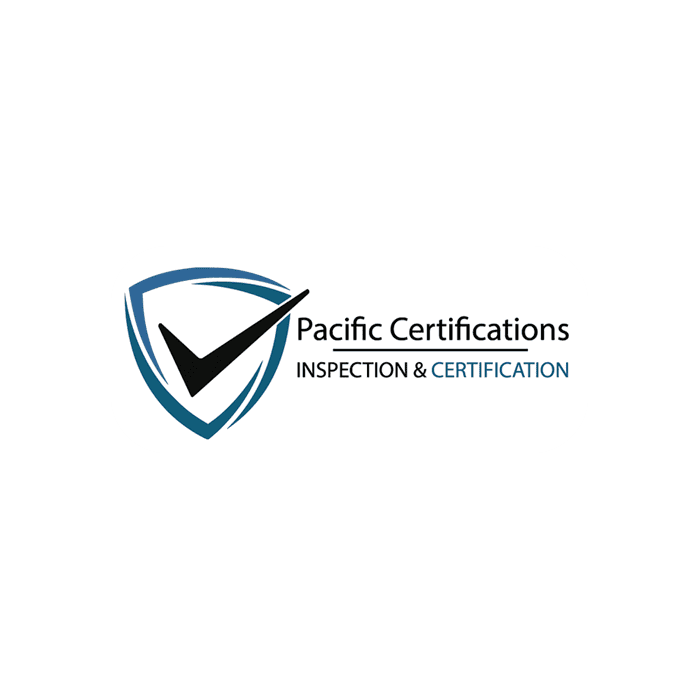How to Get ISO Certified: Step-by-Step Process for Businesses

ISO certification is an important milestone for any organization because it reflects an organization's preparedness to work as smoothly and effectively as possible while showing its commitment to meeting internationally recognized standards. ISO certification improves an organization's credibility, it encourages continuous improvement and it allows organizations to make a case to customers for an advantage over their competition. Securing ISO certification is an intentional process that demands planning and commitment along with methodical actions that create a sleep environment of continuous improvement. This guide is going to provide step by step instructions of the ISO certification process, making it easier for you to digest the stages involved.
For assistance, contact us at [email protected]
Understand the ISO Standard You Need
Before you can get started down the right road to certification, it's critical that you determine the correct ISO Standard right for your organization; there are many standards offered by ISO where ISO 9001 addresses quality management, ISO 14001 focuses on Environmental Management and ISO 27001 is oriented toward information security management. Selecting the right standard depends on your industry, ambitions of the organization, and specific needs for improvement. Overall understanding of the scope and applicability of the standard will help ensure you select the right standard for your organization.
Review the Requirements of the Standard
Once you’ve selected the relevant ISO standard, the next crucial step is to review the requirements of that standard. This will help you understand what needs to be done to comply with the standard and what processes need to be established or adjusted in your organization. The key aspects of reviewing the standard include:
- Be sure to understand fully the scope of the standard and if and how it applies to the conduct of your business.
- Find out what critical processes and systems need to be implemented or modified to meet the requirements of the standard.
- Set clear objectives that can be measured to track the achievement of the ISO standard.
- All relevant documents (e.g., policies, procedures and reports, etc.) need to reflect the requirements.
- Examine the regulatory and legal compliance aspects present in the standard.
- Assess how many resources are going to be needed (time, people and resources, etc.) to push the changes through and be compliant.
- Involve top management in the process and ensure they are fully committed and support the implementation.
Conduct a Gap Analysis
Conducting a gap analysis will identify the differences between your current practices and the demands of the ISO standard. In this process, you will compare your existing processes, policies and systems to the stipulations laid out in the standard, indicating discrepancies that may require some changes or the establishment of new processes to meet ISO requirements. A detailed gap analysis will ensure you know what changes you will need to put in place before beginning.
For assistance, contact us at [email protected]
Develop and Implement Required Processes
Based on the outcome of the gap analysis, the organization should develop and implement any processes required to fulfil the gaps between ISO standards and the company. It may be necessary to prepare new documentation or update existing procedures that satisfy the ISO requirement. Proper documentation is a must for compliance and ensures clarity and standardization of the processes. Training for the new processes should be provided to every employee with respect to their role in maintaining the ISO standards. If, during the gap analysis, any gaps were identified and corrective actions were required, it is now time to rectify those. Processes and systems or resources need to be adjusted to conform to the required standard.
Internal Audits and Reviews
After the required processes have been implemented, internal audits may be carried out in order to assess the effectiveness of those changes and to verify conformity to the ISO standard. These internal audits will look for any discrepancies that might exist and for improvements to be made before the final certification audit.
See if the processes have been followed according to plan; ensure objectives defined in the ISO standard are being fulfilled; review records and documentation for compliance; identify potential improvements and make corrections if needed. Internal audits also make sure the team is on board with new processes and everything is set up for the certification audit.
Certification Audit
After internal audits are complete, it is time for the certification audit. This will be done by an accredited third-party certification body, which will review your organization to determine if it meets the requirements defined in the ISO standard. The certification audit will usually consist of two stages:
- Stage 1: The auditor reviews documentation to ensure it meets the ISO standard and verifies that you have identified the required processes, procedures, and records, and that you have assessed their suitability.
- Stage 2: The auditor will review how the processes have been implemented. The auditor will interview employees and review the records to verify that your processes operate correctly and stay compliant with the standard.
The auditor will recommend certification if they determine all requirements have been fulfilled.
Maintain Compliance and Continuous Improvement
ISO certification is a continual commitment. Once your organization has its certification, you still must continue to comply with the ISO standard, perform regular internal audits, and integrate your processes to maximize performance. Significant aspects of ISO standards are their short periods of certification – most of which last three years. For that period, you will also need undergo surveillance audit to ensure that your organization was compliant during the interim.
The ISO standards are built upon the foundation of continual improvement. An element of continuing compliant with ISO standards is having an organization that routinely assesses its performance, examines its processes for improvement, and implements its improvements to make itself most smooth and most effective.
Benefits of ISO Certification
Achieving ISO certification offers several key benefits for your organization:
- Standards help facilitate processes, minimize inefficiencies, and optimize resources. When you use standardized practices, your business will operate far more consistently and successfully.
- ISO standards require businesses to put in place a risk management system, which will identify, assess and stop risks before they become problems.
- ISO certification improves your organization's reputation, as the ISO logo is a well-known symbol of quality and reliability. Certification shows your business is adhering to internationally recognized standards.
- ISO standards concentrate on quality and what customers need; therefore, all of your products and services are produced or delivered with the aim of meeting or exceeding your customer expectations, while ultimately producing happy customers or clients and improved customer satisfaction and loyalty.
- ISO certification exhibits your organization's commitment to fulfilling industry regulations and compliance, which reduces the risk of legal, compliant or regulatory issues.
Contact Us
Pacific Certifications can assist your organization in understanding and navigating the ISO certification process. Whether you're looking to implement ISO for the first time or need help with maintaining certification, our team of experts is here to help.
For assistance, contact us at [email protected].
Visit our website at www.pacificcert.com.
FAQs
Q1: How long does it take to get ISO certified?
The certification process can take anywhere from 3 to 12 months, depending on the size of your organization and the complexity of the ISO standard you're pursuing.
Q2: Is ISO certification only for large companies?
No, ISO certification is available to businesses of all sizes. Small and medium-sized businesses (SMBs) can also benefit from ISO certification to improve processes and increase customer trust.
Q3: What are the costs associated with ISO certification?
The costs of ISO certification depend on factors such as the size of your organization, the standard you're pursuing, and the certification body you choose. Generally, costs include audit fees, consultant fees (if required), and surveillance audit costs.
Q4: Can I implement ISO without hiring a consultant?
Yes, you can implement ISO standards without a consultant if you have the necessary internal expertise. However, hiring a consultant can streamline the process and ensure all requirements are met smoothly.
Ready to get ISO certified?
Contact Pacific Certifications to begin your certification journey today!
Suggested Certifications –

